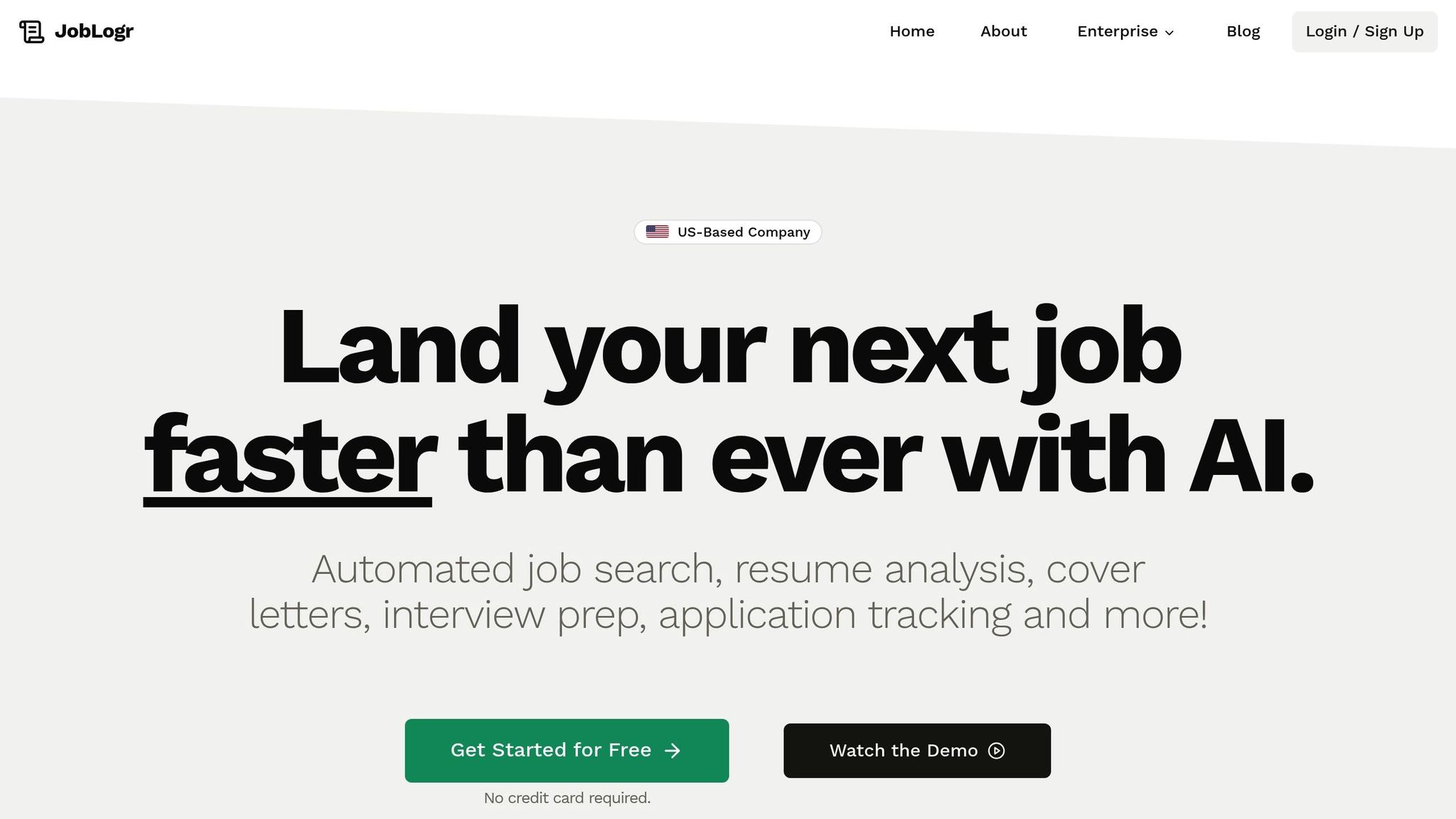
Entry-Level Salary Trends for Recent Graduates
Want to land a high-paying job in 2025? Here's what you need to know about starting salaries for new graduates:
- Top-paying fields: Software engineering, data science, and nursing lead with above-average pay.
- Lower-paying fields: Communications, social sciences, and arts start lower but offer potential for long-term growth.
- Location matters: Urban tech hubs pay more but have higher living costs; smaller cities may stretch your paycheck further.
- Demographic gaps persist: Women and minorities still face pay disparities in similar roles.
- Benefits evolve: Employers offer perks like remote work, mental health support, and flexible benefits to attract graduates.
- AI tools boost job offers: Using AI-driven tools can increase job offer rates by 53% and improve application success.
Key takeaway: Research salaries, customize applications, and use AI tools like JobLogr to negotiate better offers and secure more opportunities.
Tech Salary Showdown: Entry-Level vs. Mid vs. Senior Pay ...
Starting Salaries by Industry and Major
In 2025, starting salaries differ significantly depending on the industry and major, offering graduates insight into how to approach job offers and negotiations.
Top-Earning Fields
Graduates entering fields like software engineering and data science typically earn salaries well above the national average for new graduates. Nursing also provides competitive starting pay.
Fields with Lower Starting Salaries
Graduates in communications, social sciences, and the arts often begin with lower salaries. However, these fields may offer opportunities for long-term career growth and a better work-life balance.
These differences highlight the importance of researching salaries and negotiating wisely when starting a career.
Demographics and Location Effects on Pay
Pay Differences by Demographics
As of 2025, women and underrepresented minorities continue to see lower entry-level salaries compared to their peers in similar positions. This ongoing gap highlights disparities that persist in the workforce.
Pay Differences by Location
Where you live plays a big role in determining your starting salary. Urban tech hubs tend to offer higher salaries, but they often come with steep living costs. On the flip side, regions with lower living expenses may offer smaller paychecks, but your money can go further. It's crucial to research regional pay and cost-of-living factors before accepting a job offer.
Next, we'll dive into common benefits and new pay trends shaping the landscape for 2025 graduates.
sbb-itb-6487feb
Benefits and New Pay Trends
Employers are using benefits and updated pay structures to attract recent graduates, offering more than just a base salary.
Common Benefits and Perks
Compensation packages now often include medical, dental, and vision coverage, along with employer-matched retirement plans. Many companies also offer mental health support, professional development stipends, and allowances for fitness or education. On top of that, flexible work options - whether fully remote or hybrid - are becoming the norm.
2025 Pay Trend Changes
By 2025, companies are shifting to more flexible and frequent performance reviews, paired with variable bonuses and targeted sign-on incentives for high-demand roles. The focus is moving toward personalized rewards that reflect both individual contributions and market competition.
This evolving approach gives new hires more flexibility in how they are rewarded.
Graduate Pay Preferences
Today’s graduates value work-life balance, career development opportunities, and benefits just as much as salary. To meet these expectations, employers are allowing hires to allocate benefits funds toward options like extra vacation days, learning programs, or upgraded health coverage.
Salary Research Tools
Graduates can use AI-powered tools to analyze salary trends and negotiate job offers with confidence. These tools make it easier to compare entry-level salaries, manage applications, and prepare for interviews. In fact, using AI tools can increase offer rates by 53% and expand job search opportunities by 41%.
Job Search with JobLogr

JobLogr simplifies salary research and job hunting with features like:
- Resume analysis: Provides targeted suggestions to strengthen your resume.
- Cover-letter generation: Creates personalized letters that can boost interview rates by 50%.
- Application tracking: Keeps all your job applications organized in one place.
- Interview prep: Offers role-specific practice questions powered by AI.
Career coach Jenny Foss highlights JobLogr's evolving features and affordable pricing.
JobLogr has a free basic plan, while its premium version costs $20/month and includes a 7-day trial.
Summary
Recent graduates can improve their job search by using tools that provide data on industry salaries, demographic pay trends, and benefits, along with AI-driven research. By 2025, those who use AI-powered tools are projected to secure 53% more job offers and explore 41% more opportunities.
To achieve better salary outcomes, graduates should:
- Customize resumes and cover letters for each job to increase interview chances.
- Use AI tools to enhance resumes and LinkedIn profiles for greater visibility.
- Track applications with JobLogr's free tools to stay organized and manage job opportunities effectively.